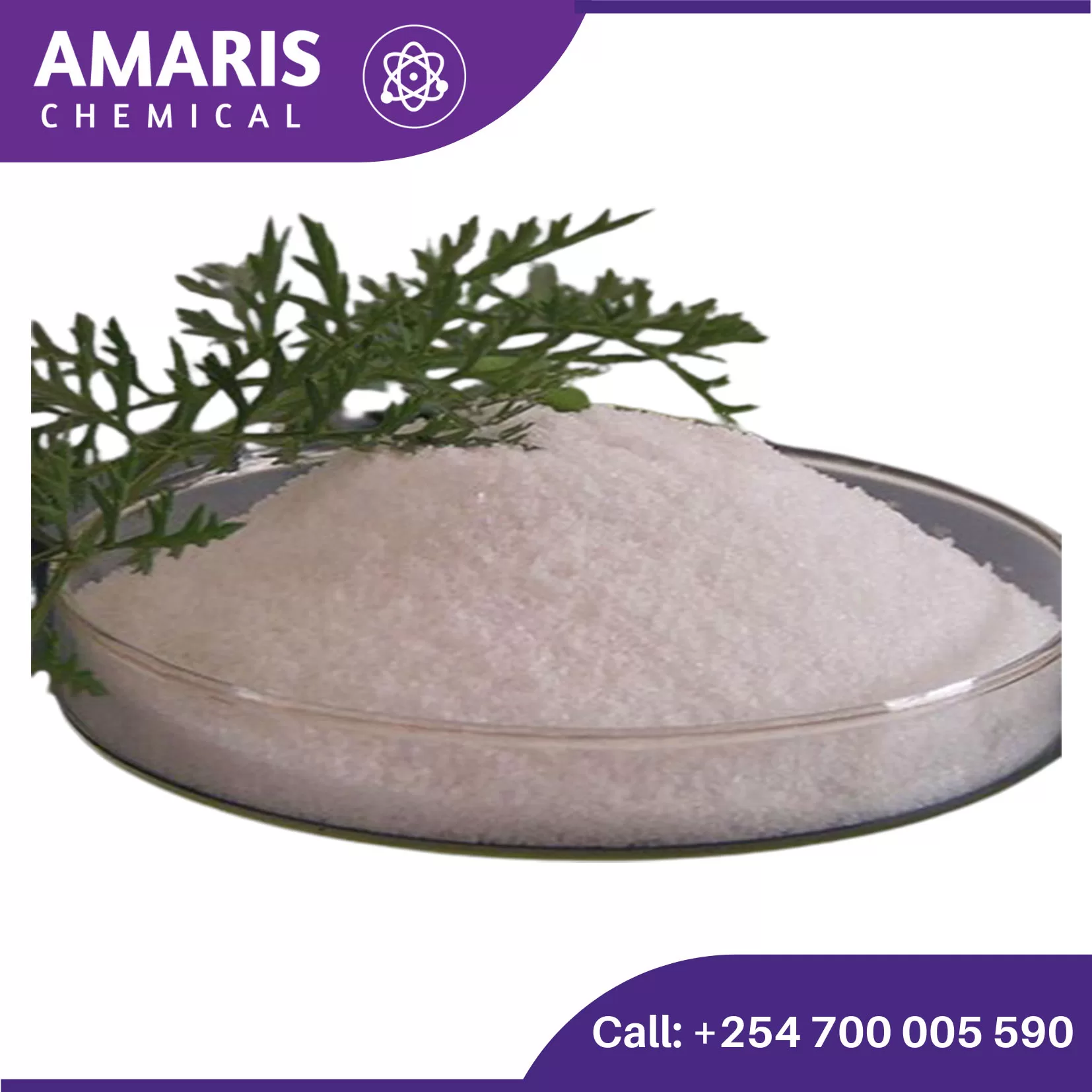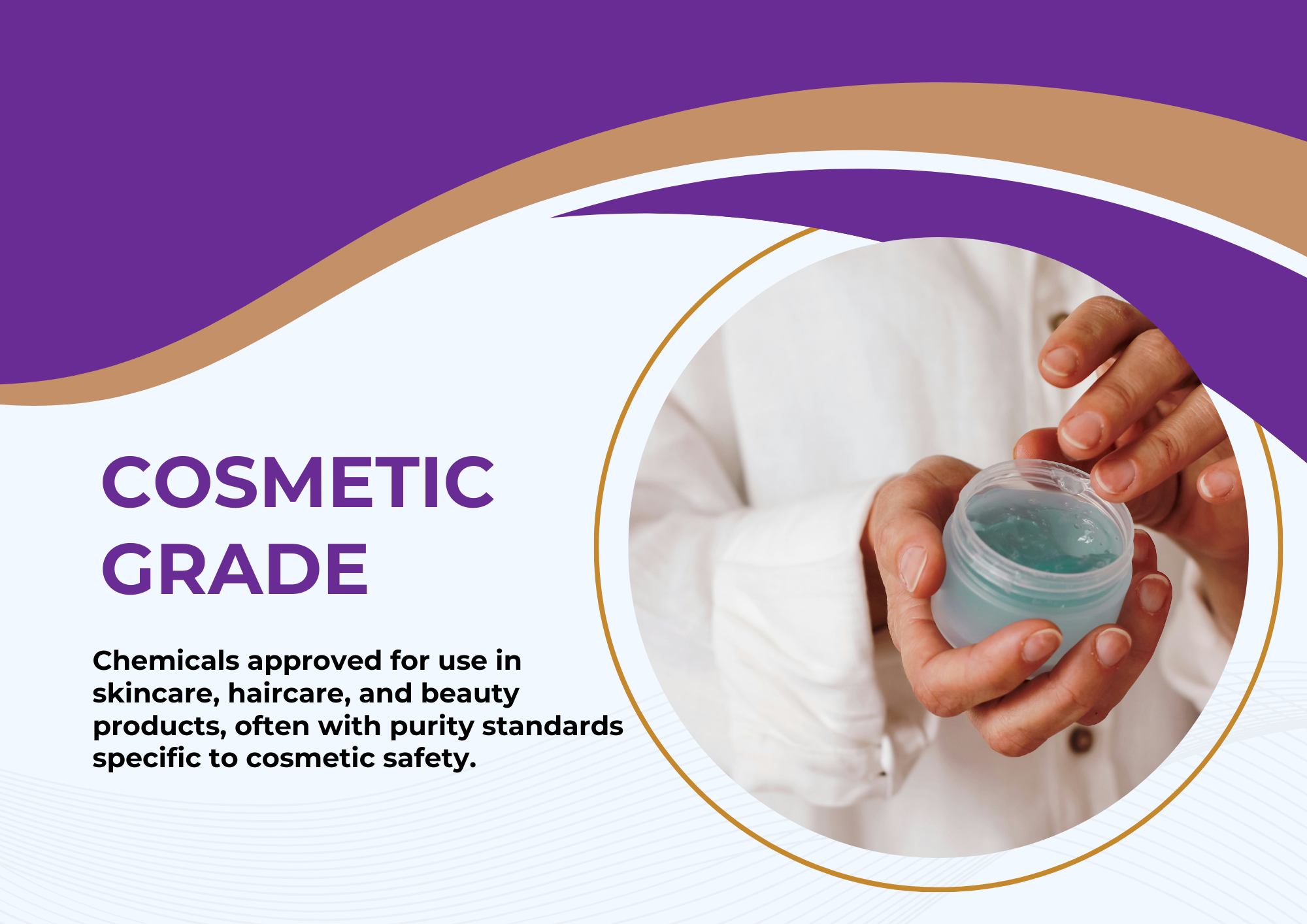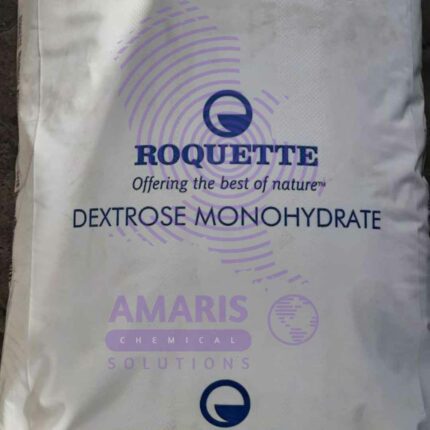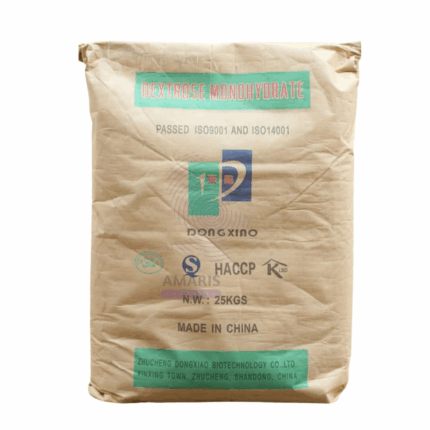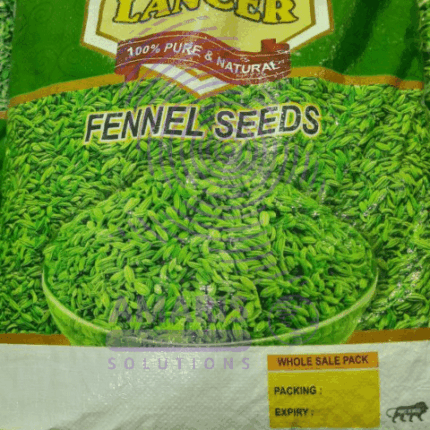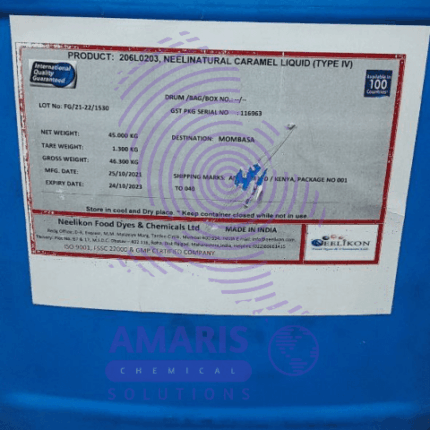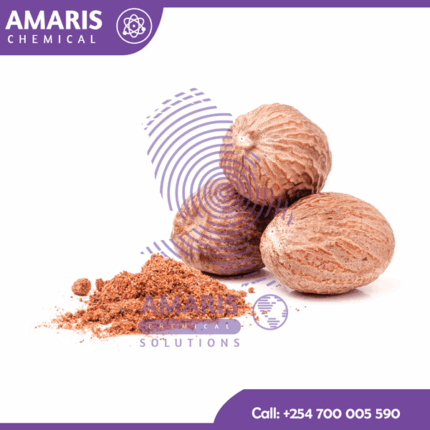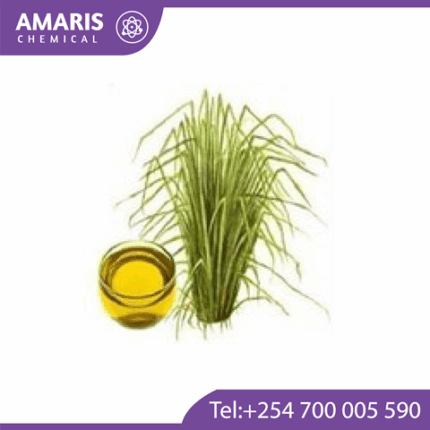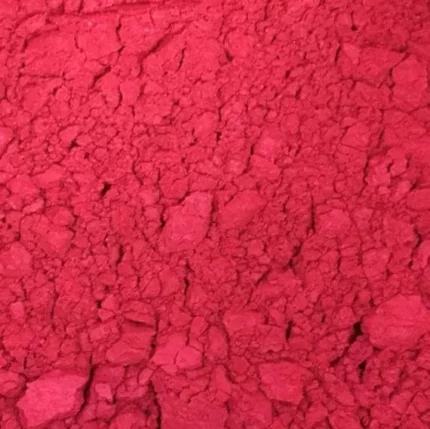
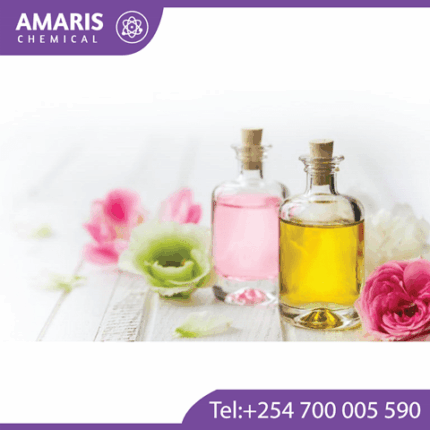
Cetyl Palmitate
$0.01
Cetyl palmitate is an ester compound formed by the combination of cetyl alcohol (a fatty alcohol derived from coconut or palm oil) and palmitic acid (a saturated fatty acid). It is commonly used in the cosmetic and personal care industry as an emollient and thickening agent. Cetyl palmitate acts as a lubricant on the skin’s surface, helping to create a smooth and soft texture while also providing a protective barrier to prevent moisture loss. It is often found in skincare products, such as creams, lotions, and lip balms, due to its moisturizing properties.
Cetyl Palmitate Uses
Primary Uses of Cetyl Palmitate
1. Cosmetics & Skincare
- Emollient: Forms a protective barrier on the skin, preventing moisture loss.
- Thickening Agent: Adds viscosity to creams, lotions, and balms.
- Texture Enhancer: Provides a smooth, silky feel in makeup (lipsticks, foundations).
- Stabilizer: Helps maintain consistency in emulsions (prevents separation).
2. Hair Care Products
- Conditioning Agent: Adds shine and softness to hair in conditioners and serums.
- Anti-static Properties: Reduces frizz and flyaways.
3. Pharmaceuticals
- Used in ointments, creams, and topical medicationsas a base ingredient.
- Enhances the spreadability and absorption of active ingredients.
4. Industrial Applications
- Lubricants: Used in machinery and metalworking due to its smooth texture.
- Plasticizer: Improves flexibility in plastics and coatings.
Secondary Uses of Cetyl Palmitate
1. Candle & Wax Manufacturing
- Used in high-end candlesfor a smoother burn and better scent throw.
2. Textile & Leather Treatment
- Functions as a softening agentand water repellent in fabrics and leather goods.
3. Biomedical & Research Applications
- Used in drug delivery systems(e.g., lipid-based nanoparticles).
- Acts as a biocompatible materialin medical-grade coatings.
| APPEARANCE |
Crystalline |
|---|---|
| AVAILABLE PACK SIZE |
25kg( Metal or Plastic Jerrycan/ Bucket, Bag, Box, Polythene bag, Carton bag) |
1. Basic Identification Attributes
- Chemical Name (IUPAC):Hexadecyl hexadecanoate
- Common/Trade Names:Cetyl palmitate, Cetostearyl palmitate, Palmityl palmitate
- CAS Number:[540-10-3]
- HS Code:70.00 (Esters of palmitic acid)
- Molecular Formula:C₃₂H₆₄O₂
- Synonyms:Hexadecyl palmitate, Palmitic acid cetyl ester
2. Physical & Chemical Properties
- Physical State:White waxy solid (flakes, pellets, or powder)
- Color & Odor:White; faint fatty odor
- Melting Point:50–55°C (122–131°F)
- Boiling Point:~400°C (752°F) (decomposes)
- Density:~0.84 g/cm³ (at 20°C)
- Solubility:
- Water:Insoluble
- Organic Solvents:Soluble in ethanol, ether, chloroform, oils
- pH Level:Neutral (~7)
- Vapor Pressure:Negligible (non-volatile)
- Flash Point:>200°C (392°F) (non-flammable)
- Autoignition Temperature:Not applicable (stable up to decomposition)
- Viscosity:Low when melted (~15–20 mPa·s at 60°C)
3. Safety & Hazard Attributes
- Hazard Class (GHS):Not classified (non-hazardous)
- NFPA Ratings:
- Health:0 (No significant risk)
- Flammability:1 (Requires high heat to ignite)
- Reactivity:0 (Stable)
- Exposure Limits (OSHA/ACGIH):Not established (low toxicity)
- Reactivity:
- Stable under normal conditions.
- Avoid strong oxidizers (e.g., peroxides, nitrates).
4. Storage & Handling Attributes
- Storage Conditions:
- Cool, dry place (<30°C to prevent clumping).
- Keep away from open flames.
- Incompatible Materials:Strong acids, bases, oxidizers.
- Container Type:Plastic (HDPE) or lined metal containers.
- Shelf Life:2+ years if stored properly.
- Handling Requirements:
- Minimal PPE (gloves for dust control).
- No special ventilation needed.
5. Regulatory & Compliance Attributes
- Regulatory Status:
- FDA:Approved for cosmetics (21 CFR 172.615, 176.200).
- REACH:Registered (EU).
- EPA:Listed under TSCA (USA).
- Hazard Symbols:None (non-hazardous).
- Transportation Restrictions:Not regulated (safe for transport).
- Waste Disposal:Incinerate or landfill per local regulations (non-hazardous).
6. Environmental & Health Impact
- Ecotoxicity:Low (LD50 >5,000 mg/kg in aquatic organisms).
- Persistence:Slowly biodegradable (~40–60% in 28 days).
- Carcinogenicity:Not classified (IARC/NTP: No data).
- Biodegradability:Partially biodegradable (OECD 301)
Personal Protective Equipment (PPE)
- Gloves:Wear nitrile or neoprene gloves to prevent skin contact.
- Eye Protection:Use safety goggles or a face shield to avoid eye irritation.
- Respiratory Protection:If handling powdered form or heated vapors, use a dust mask (NIOSH N95) or respirator in poorly ventilated areas.
- Protective Clothing:Wear a lab coat or apron to minimize skin exposure.
Handling & Storage
- Ventilation:Ensure adequate ventilation to avoid dust or fume buildup.
- Avoid Heat & Ignition Sources:Cetyl palmitate is combustible when melted (melting point ~50–54°C/122–129°F). Keep away from open flames, sparks, and hot surfaces.
- Storage:Store in a cool, dry place in tightly sealed containers, away from strong oxidizers.
Inhalation (Dust or Vapors)
- Move to fresh air immediately.
- If breathing difficulties occur, seek medical attention.
Skin Contact
- Wash affected area with soap and water.
- If irritation persists, apply a moisturizer or seek medical advice.
Eye Contact
- Rinse eyes gently with lukewarm water for at least 15 minutes, holding eyelids open.
- Seek medical attention if irritation continues.
Ingestion
- Rinse mouth with water; do not induce vomiting.
- Drink water or milk to dilute if swallowed in large amounts.
- Seek medical help if discomfort occurs.
Flammability
- Combustible when heated(auto-ignition temperature: ~300°C/572°F).
- Burns with sooty flame due to its wax-like nature.
Extinguishing Media
- Dry chemical powder (ABC), CO₂, foam, or water spray.
- Avoid water jets(can spread molten material).
Firefighting Precautions
- Wear self-contained breathing apparatus (SCBA)and heat-resistant protective gear.
- Cool containers with water spray to prevent rupture.
Spill & Leak Response
- Solid Spills:Scoop up with a non-sparking tool and place in a sealed container.
- Molten Spills:Allow to solidify before cleanup.
- Ventilate areaand avoid dust generation
Related products
Dextrose Monohydrate
Fennel seeds 10kg
Liquid Caramel flavor food grade
liquid glucose 300kg
Nutmeg 25kg
Sodium silicate 20litres
Properties
- Physical State: It is usually found in a glassy, crystalline solid form or as a thick, syrupy liquid.
- Appearance: Colorless to light brown.
- Solubility: Highly soluble in water, forming a viscous solution.
- pH: Alkaline, typically around 11-12.



 LABORATORY EQUIPMENT & APPARATUS
LABORATORY EQUIPMENT & APPARATUS
 Fertilizers
Fertilizers Plant Growth Regulators
Plant Growth Regulators Soil Conditioners
Soil Conditioners Animal Feed Additives
Animal Feed Additives Biostimulants
Biostimulants Dough Conditioners
Dough Conditioners Flour Treatments
Flour Treatments Fat Replacers
Fat Replacers Preservatives (baking)
Preservatives (baking)
 Surfactants (cleaning)
Surfactants (cleaning) Builders
Builders Bleaching Agents
Bleaching Agents Enzymes
Enzymes Solvents (cleaning)
Solvents (cleaning) Fragrances
Fragrances

